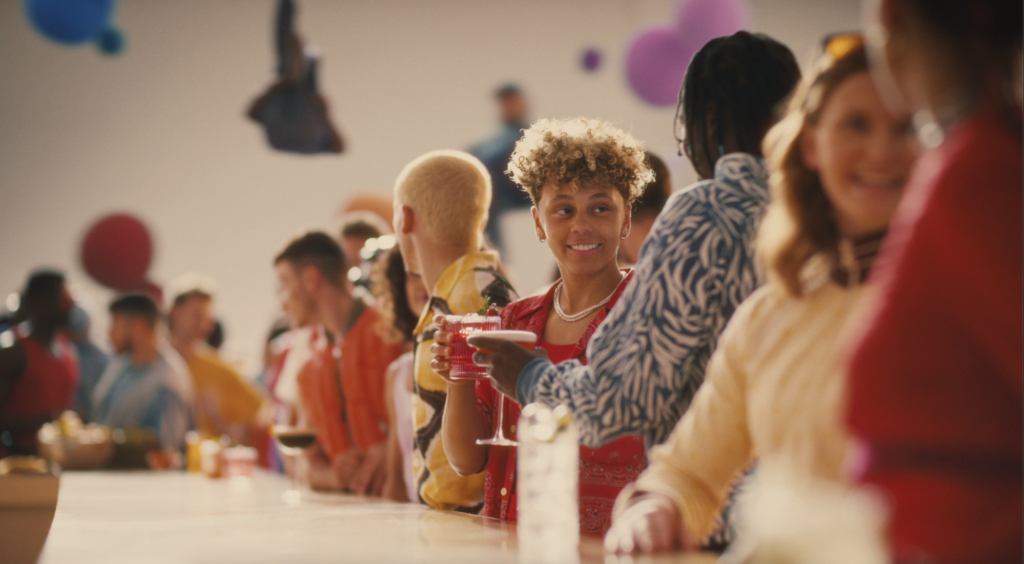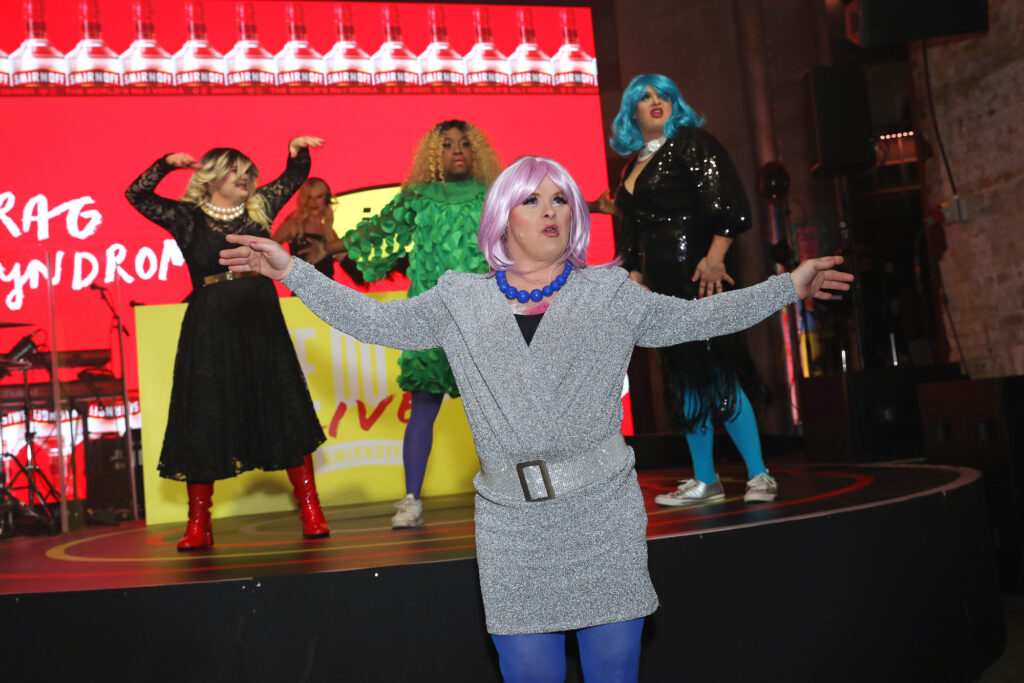
Smirnoff’s “WE DO WE” global marketing campaign, the biggest for the brand in over a decade, is a play on the phrase “you do you,” a concept which—according to brand research and insights—is waning in popularity amongst a public experiencing increased feelings of loneliness and social isolation. Its marketing goals were twofold: brand building on a global scale, anchored by activations aimed at reigniting social connections in more than 20 markets across the globe, and reinforcing Smirnoff’s commitment to inclusivity and accessibility. Below are highlights from our conversation with Smirnoff’s Senior Global Vice President, Stephanie Jacoby, about the campaign’s components, challenges and overall marketing goals.
Chief Marketer: What was the impetus behind the campaign?
Stephanie Jacoby, Senior Global Vice President at Smirnoff: The insight at the core of it was this shift happening from a “me” generation to a “we” generation… [with] people feeling more socially isolated than ever. [We’re] coming out of a couple of years where that was really amplified, combined with the cultural context of the saying “you do you” getting a lot of traction—a phrase that was meant to be empowering but was actually putting increasingly more pressure on people, with its self-improvement, self-help focus. When we talked to consumers around the world—we researched this campaign in 10 markets—the theme that consistently came through was that what people want more than anything is a feeling of connection to each other. We are social creatures at our core and we need other people.
As a brand that’s been about welcoming everyone to the party since 1864, it felt like a space that Smirnoff had a really credible role to play—to celebrate the fantastic connections that are made all over the world, every day over delicious Smirnoff cocktails. As a brand that’s always had inclusion at the heart of everything we do, it felt like a timely and important message. Additionally, it was done in such like a vibrant and colorful way, in a world where people were hungry for color and vibrancy.

CM: Why did you decide to go with this particular theme?
SJ: The spot is called Atomic. The metaphor at the heart of it is the idea that life is like a cocktail, and the more you mix and the more ingredients you add, the better life gets. For the visuals, we used everything from Pilates balls to acrobats to trampolines, to visual artists to special effects. Each of the bubbles represent the bubbles in the cocktail. And as the people move, you see that the link is to the swirling cocktail, but you also notice that each of those bubbles is unique to the person that it represents. The power of each ingredient, just like each person in your “we,” in your collective, brings something unique that makes the whole better.
CM: This campaign is your largest in a decade, with experiences in about 20 different markets globally. What are some of the highlights?
SJ: One of the things about being a big global brand is, you want to find a platform and an insight that’s big enough that resonates around the world. We’re focused on lifting those barriers to social connection. But at the same time, we need to allow for flexibility with our markets so that they can lean into how they do that, in the way that’s going to drive the most cultural relevancy. In Great Britain, the team there was passionate about providing greater accessibility to a community that is often not able to participate in social occasions in bars and restaurants the way they would like to. We partnered with [accessibility consultancy] “Tilting the Lens” and Sinéad Burke as well as Stonegate, which is one of our largest hospitality groups, to lean into creating access for all.

CM: How did the accessibility goal play out through the activation?
SJ: Partnering with Tilting the Lens was important because as we ventured into this space, we wanted to make sure we were doing it in a credible way and that we were educated on what it meant to create an accessible space for people who have a disability. Everything from BSL [British Sign Language] translators to quiet rooms to haptic vests to braille menus to lowered bars to make it easier for people to be able to order—every consideration was brought into this event. And then we worked with a range of influencers that represent and celebrate this community.
The event kicked it off, but it represents a larger commitment that we’re making with our partners, Stonegate, to ensure that more of their venues throughout Great Britain are accessible to more people. We’re on a journey. We’re learning a lot about the space and super excited about different ways that we can start to bring this to life all over the world. We’re hoping to make a significant impact on a significant number of accounts with their partnership over the course of the next year.
CM: What were the challenges of executing a global campaign?
SJ: We allow for interpretation by our markets so they can bring that to life in the way that feels most timely and relevant for them. It’s essentially flexibility within a framework. Each of those activations rolls up to this bigger idea of Smirnoff igniting social connection around the world. There are longstanding platforms, like the NFL. How do we make sure that platform is delivering on the bigger idea? And how do we work together to bring that to life in a new way? Getting to understand the local nuance and how a global brand can speak credibly to that is one of the great challenges and opportunities of this role.